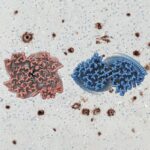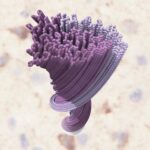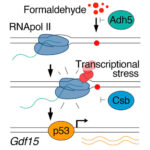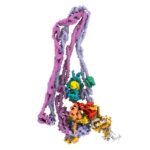
Collaboration between Sjors Scheres’ (Structural Studies), Benjamin Ryskeldi-Falcon’s and Michel Goedert’s (both Neurobiology) groups have used cryo-EM to reveal structures of Aβ42 filaments, the key factor behind the pathogenesis of Alzheimer’s disease.




